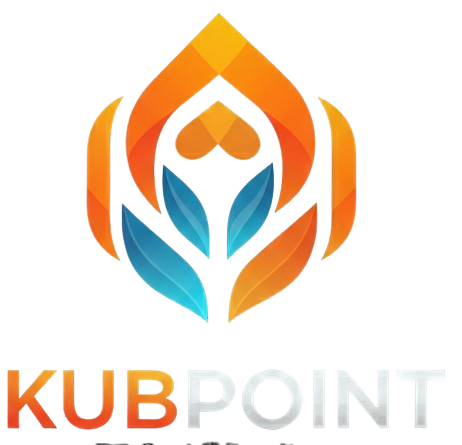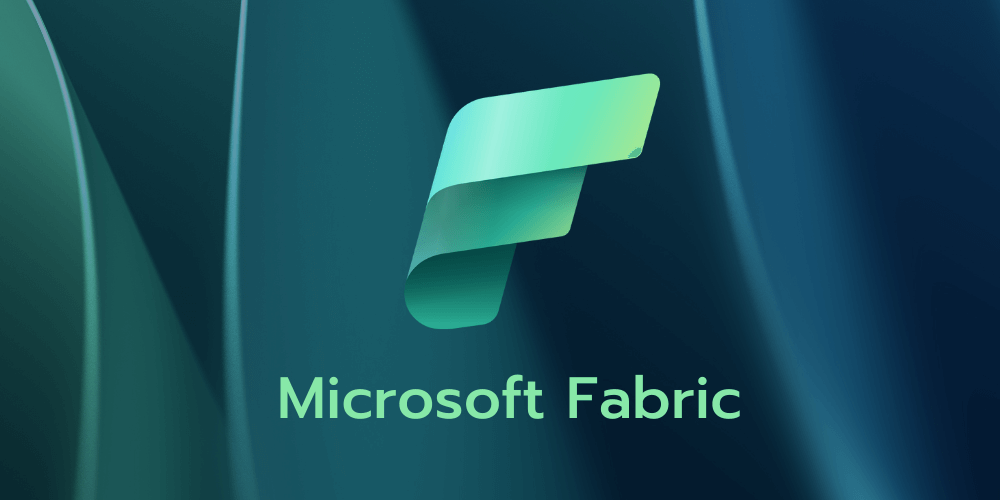In today’s data-driven world, organizations are constantly seeking ways to simplify their analytics stack, unify fragmented tools, and unlock real-time insights. Enter Microsoft Fabric, a cloud-native, AI-powered data platform that’s redefining how businesses manage, analyze, and act on data.
Whether you’re a startup looking to scale or an enterprise aiming to modernize, Fabric offers a compelling proposition that goes beyond just technology; it is about transforming data into decisions.
What Is Microsoft Fabric?
Microsoft Fabric is an end-to-end analytics platform that integrates services like Power BI, Azure Synapse, Data Factory, and more into a single Software-as-a-Service (SaaS) experience. It centralizes data storage with OneLake, supports role-specific workloads, and embeds AI capabilities to streamline everything from ingestion to visualization.
Why Use Microsoft Fabric?
Here’s what makes Fabric a game-changer in my opinion:
- Unified Experience: Say goodbye to juggling multiple tools. Fabric brings data engineering, science, warehousing, and reporting into one seamless environment.
- Built-In AI: Automate repetitive tasks and uncover insights faster with integrated machine learning and Copilot support.
- Scalable Architecture: Handle growing data volumes without compromising performance or security.
- Microsoft Ecosystem Integration: Fabric works effortlessly with Microsoft 365, Azure, and Power BI; perfect for organizations already in the Microsoft universe.
- Governance & Compliance: With Purview built-in, Fabric ensures secure, governed data access across teams.
Use Cases Across Industries
Fabric isn’t just for tech teams; it empowers every role that touches data. Here are some versatile use cases:
| Use Case | Description |
| Data Warehousing | Store and query structured data at scale using Synapse-powered capabilities |
| Real-Time Analytics | Analyze streaming data from IoT, logs, and sensors with low latency |
| Data Science & ML | Build, train, and deploy models using Spark and MLFlow |
| Business Intelligence | Visualize insights with Power BI and share across departments |
| Data Integration | Ingest and transform data from 200+ sources using Data Factory |
| Predictive Analytics | Forecast trends and behaviors using AI-powered models |
Companies like T-Mobile and Hitachi Solutions have already leveraged Fabric to eliminate data silos and accelerate insights.
ROI: What’s in It for Your Business?
According to a 2024 Forrester Total Economic Impact study, organizations using Microsoft Fabric saw a 379% ROI over three years. Here’s how:
- 25% boost in data engineering productivity
- 20% increase in business analyst output
- $4.8M in savings from improved workflows
- $3.6M in profit gains from better insights
Fabric’s unified architecture reduces complexity, speeds up decision-making, and lowers operational costs, making it a strategic investment, not just a tech upgrade.
Ultimate Yates Takeaway
Getting started with Microsoft Fabric isn’t just about adopting a new platform; it is about embracing a smarter, more connected way to work with data. From real-time analytics to AI-powered insights, Fabric empowers organizations to move faster, collaborate better, and grow smarter.
Whether you’re a data engineer, business analyst, or executive, Fabric offers the tools to turn raw data into real impact.

